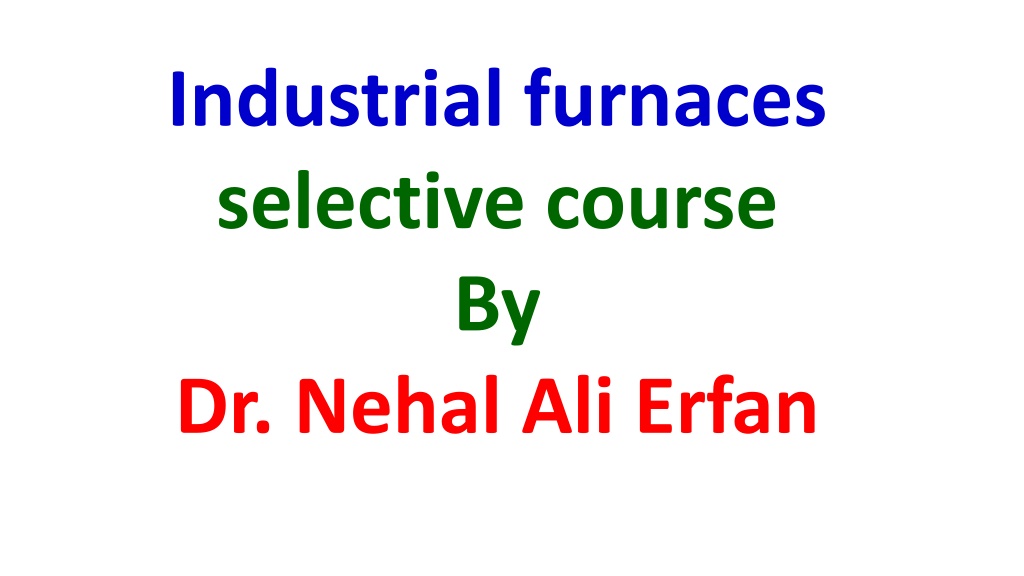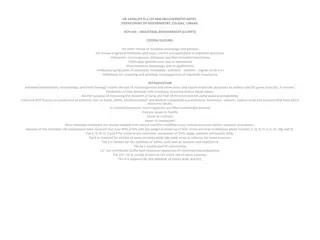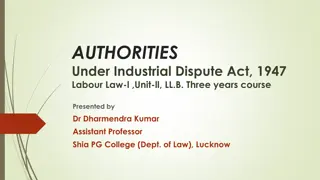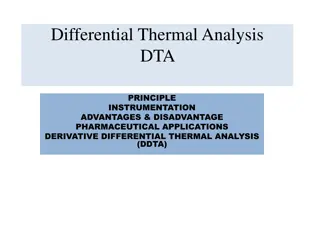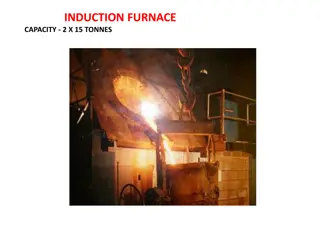Industrial furnaces
Dampers are crucial components in industrial furnaces, controlling air flow and pressure for efficient and safe operation. Learn about the various types, functions, and locations of dampers in furnace systems. Explore how dampers regulate air flow and ensure optimal furnace performance.
Download Presentation

Please find below an Image/Link to download the presentation.
The content on the website is provided AS IS for your information and personal use only. It may not be sold, licensed, or shared on other websites without obtaining consent from the author. Download presentation by click this link. If you encounter any issues during the download, it is possible that the publisher has removed the file from their server.
E N D
Presentation Transcript
Industrial furnaces selective course By Dr. Nehal Ali Erfan
Lecture No. (2) Lecture No. (2)
Furnace auxiliaries Damper Fan Control valve Burner
Small furnaces and larger, industrial sized systems both use dampers. In fact, most modern furnaces contain four dampers. Dampers ensure that furnace systems work well and safely by automatically regulating furnace functions or allowing a person to manually adjust those functions to safe settings.
Function Furnace dampers serve several purposes that relate to the air flow or pressure in the system. Some dampers may completely stop or allow the flow of air, while other dampers allow the furnace user to control the specific amount of air flow or pressure in the system.
Locations Dampers are not only identifiable by their function and type but also by their location within the furnace system. For example, an ash pit damper is located at the base of the furnace (the ash pit) while a smoke pipe damper is located in the stove pipe that connects the furnace to the chimney. A damper at the base of the chimney is known as the check damper. The last common location damper is the fireplace door damper. These locations may correspond to the function of the damper as well. The check damper (back- draft damper) at the base of the chimney is responsible for preventing a reversal of air flow.
Types A pressure control damper controls the pressure or pressure differential in a furnace system while an user can adjust flow control damper to adjust the (air) flow level in a system. Other dampers act in response to prevent the reversal of flow, as is the case with a check damper, or to establish a baseline for air flow or pressure within a purpose (balancing damper). The function of an isolation or shut-off damper is to stop the air flow, altogether, in a system, while a flow control damper simply allows a user to maintain a desired level of air flow.
